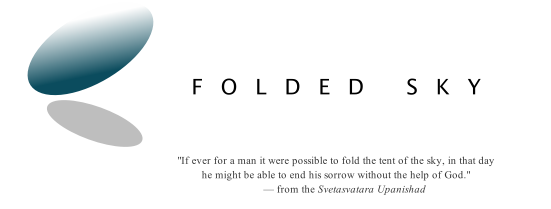“UNITED NATIONS, Jan 23 2015 (IPS) - When the East African nation of Somalia, once described as a ‘lawless state,’ ratified the Convention on the Rights of the Child (CRC) early this week, it left two countries in splendid isolation from the rest of the world: South Sudan and the United States.
South Sudan?
Understandable, say human rights experts, because it was created and joined the United Nations only in July 2011 – and has since taken steps to start the domestic process in ratifying the treaty, probably later this year.
But the United States?
Kul Gautam of Nepal, a former U.N. assistant secretary-general and deputy executive director of the U.N. children’s agency UNICEF, told IPS the United States did sign the CRC back in February 1995 when Ambassador Madeline Albright was the U.S. envoy to the United Nations.
But the U.S. government has never submitted the treaty for ratification by the U.S. Senate, he added (where it needs a two-thirds vote for approval).
Asked if there is ever a chance the United States will ratify the treaty, bearing in mind that a conservative, right-wing Republican Party now wields power on Capitol Hill, Gautam said: “With the current composition of the U.S. Congress, there is no chance for its ratification.”
— Thalif Dee,
CommonDreams
Read more…
“WASHINGTON (March 15, 2000, APBnews.com) -- The House of Representatives today voted to upgrade federal regulations on air travel safety for animals for the first time in more than 22 years. […]
’This bill will hold airlines to a higher standard of conduct in the way they treat cats and dogs and other pets that belong to caring families. 'This should put an end to the horror stories of animals being treated like luggage,’ [Frank] Lautenberg said in a recent statement.
The measure was also hailed by Carol Brandwein of Woodbridge, Va., whose cat, Toddy, a 9-month-old smoke tortie Persian, suffocated in the cargo hold of an American Airlines jet, covered with luggage piles on top of her kennel, in 1998. […]
‘This is a major win for the animals. Now the public will know which airlines have the best [safety] record when it comes to shipping animals," Brandwein said.’”
— Julie Catalano,
ABC News
Read more…

















